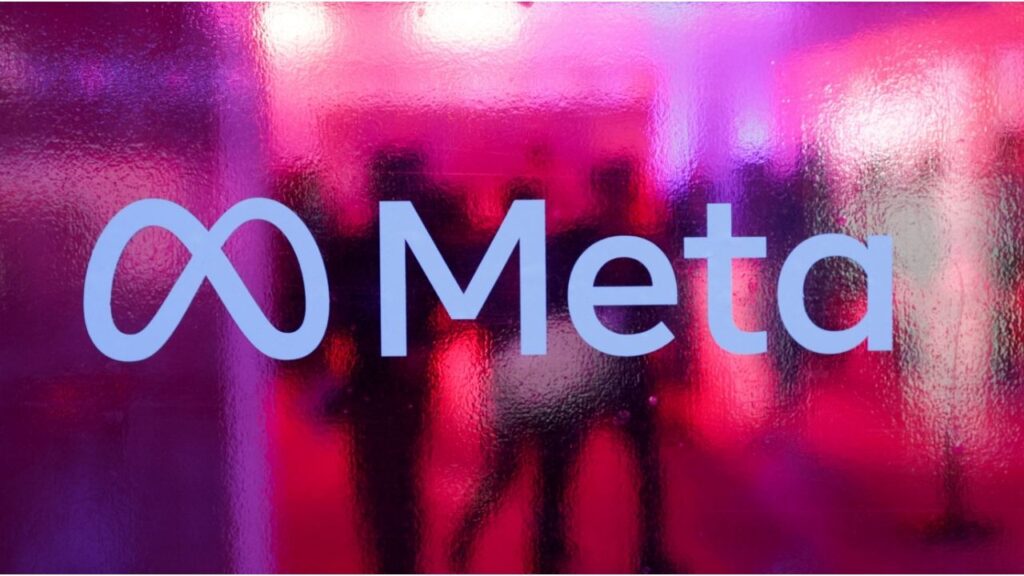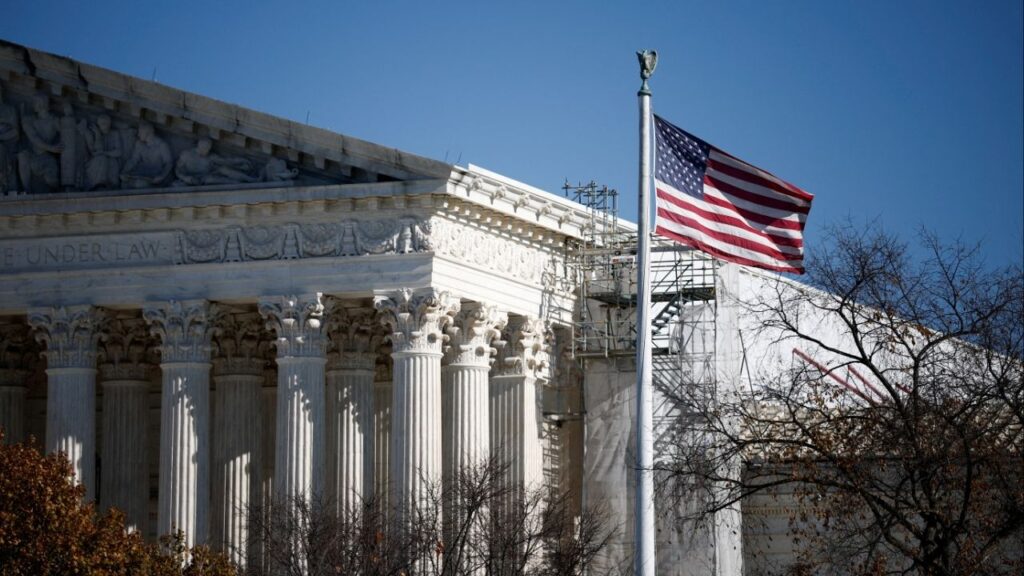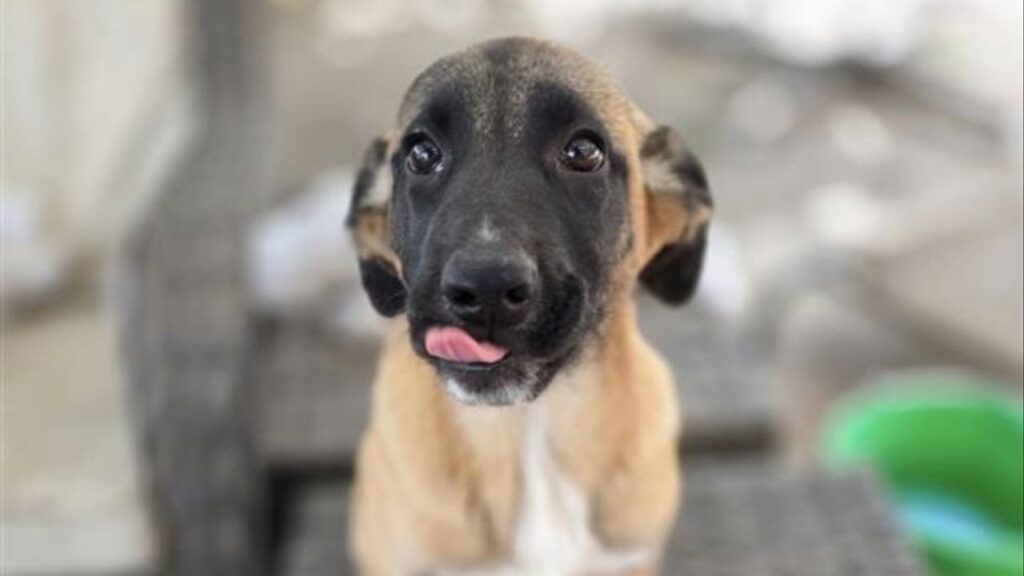
- Zipline began in Rwanda, challenging ideas of where new technologies are developed.
- Zipline pushes boundaries in tech through a practice-based business model that encourages learning by doing.
- Phase two of Zipline launches, allowing for easy loading and pinpoint delivery.
Share
|
Getting your Trinity Audio player ready...
|
Groundbreaking technology can happen anywhere. This is the message Zipline’s co-founder and CEO Keller Rinaudo Cliffton left the audience with at Mercedes Edwards Theatre on Tuesday night.
The robotics trailblazer founded Zipline alongside Keenan Wyrobek in 2014. Two years later, they began operations in Rwanda after President Paul Kagame and the Ministry of Health made a “big bet” on the drone company’s potential.
Now, it is helping to save lives across the world.
Rinaudo Cliffton walked attendees through the creation of Zipline, mistakes made along the way, and the future of the company, including a multitude of sci-fi references and unwavering optimism.
He spoke in Clovis as part of San Joaquin Valley Town Hall’s new “Twilight Talks” series.
About Zipline
Zipline, the world’s largest commercial autonomous delivery system, has made over a million deliveries across seven countries.
The organization started delivering needed medical supplies, such as blood and plasma, to Rwandan hospitals in 2016. Packing facilities load blood packets into a drone, which is launched into the sky, accelerating from 0 to 62 mph in half a second. Then, the fully autonomous drone travels to its destination and drops the package using a paper parachute.
Rinaudo Cliffton shared a story about a mother who began to bleed out during a C-section. Hospital staff fed her blood, obtained through Zipline’s routine delivery, but she quickly bled through that as well. Doctors were able to order more blood, enough to fill an entire body, from Zipline and save the woman’s life. This is just one story out of thousands, says Rinaudo Cliffton.
Since then, the company has expanded to provide food, retail, agriculture products, and animal health products to the United States, Ghana, Nigeria, Cote d’Ivoire (Ivory Coast), Kenya, and Japan.
Zipline drones, nicknamed Zips, have flown nearly 100 million commercial miles, operating through two platforms — one for long-range delivery and one for precise home delivery. The 50-pound aircraft are completely electric, providing a 98% reduction in delivery emissions compared to cars and a 94% reduction compared to electric vehicles.
There is an average five-minute turnaround time for Zips, which operate in regulated and unregulated airspace.
Zipline’s Company Moto and Philosophy
Zipline was not an overnight success. Rinaudo Cliffton unashamedly showed the many failures the company endured along the way. Videos showed drones failing to launch or shattering after a retrieval machine failed to properly catch it.
There was an audible disappointment from the Zipline team, some moved to tears due to the failure.
Rinaudo Cliffton, maintaining his constant optimism and light-heartedness, joked that a school banner he saw online explained it perfectly: We don’t do it because it’s easy. We do it because we think it’s easy.
The company is committed to moving fast and learning by doing. They are willing to take risks to produce large-scale changes and new technologies.
Rinaudo Cliffton credits Zipline’s continued success and constant development to this mindset and business motto.
Phase Two Launch
This week, the company launched platform two, a newly developed Zip. The new drone is designed to attach to existing operations and make ultra-precise deliveries.
Loading portals are attached to existing buildings, allowing seamless packaging of deliveries with no extra training required.
Upon reaching its destination, the drone hovers about 30 feet above ground and lowers a smaller compartment via an extended line. This allows Zips to leave packages exactly where the customer wants, including doorsteps or a patio table.
Rinaudo Cliffton described this as a less abrasive delivery that doesn’t require a “scary” drone to come close to your home. Additionally, Zips are programmed to “act shy” if movement is detected in the landing zone.
Companies, such as Walmart and Sweetgreen, use Zips to deliver groceries and meals to customers. This can occur any time of day so customers can ensure they’re home when packages are delivered.
Public Concern About New Technology
The Harvard graduate opened the floor, asking how many people had watched a film about robots trying to take over the world in the past year. Most raised their hands with awkward laughs.
Rinaudo Cliffton said that this technology becomes a norm quickly, and people are quick to adapt. He described a five-day period of amazement that customers experience, which turns into boredom.
During a question-and-answer session, an audience member circled back to these concerns. She questioned how delivery drivers, who often already struggle financially and work multiple jobs, would fare in a drone delivery future.
Rinaudo Cliffton believes people adjust quickly and create new needs. He pointed to the quick turnover rate of drivers as an indicator that it’s not a job people “want.” There is always panic around the implementation of new technology, which people then quickly adapt to and rely on, he said.
He then described a future in which technology and humans work alongside one another to ensure a better life for all.
RELATED TOPICS:
Categories

MAHA Activists Urge Trump to Fire His EPA Administrator

Meta Strikes Multiple AI Deals With News Publishers
















